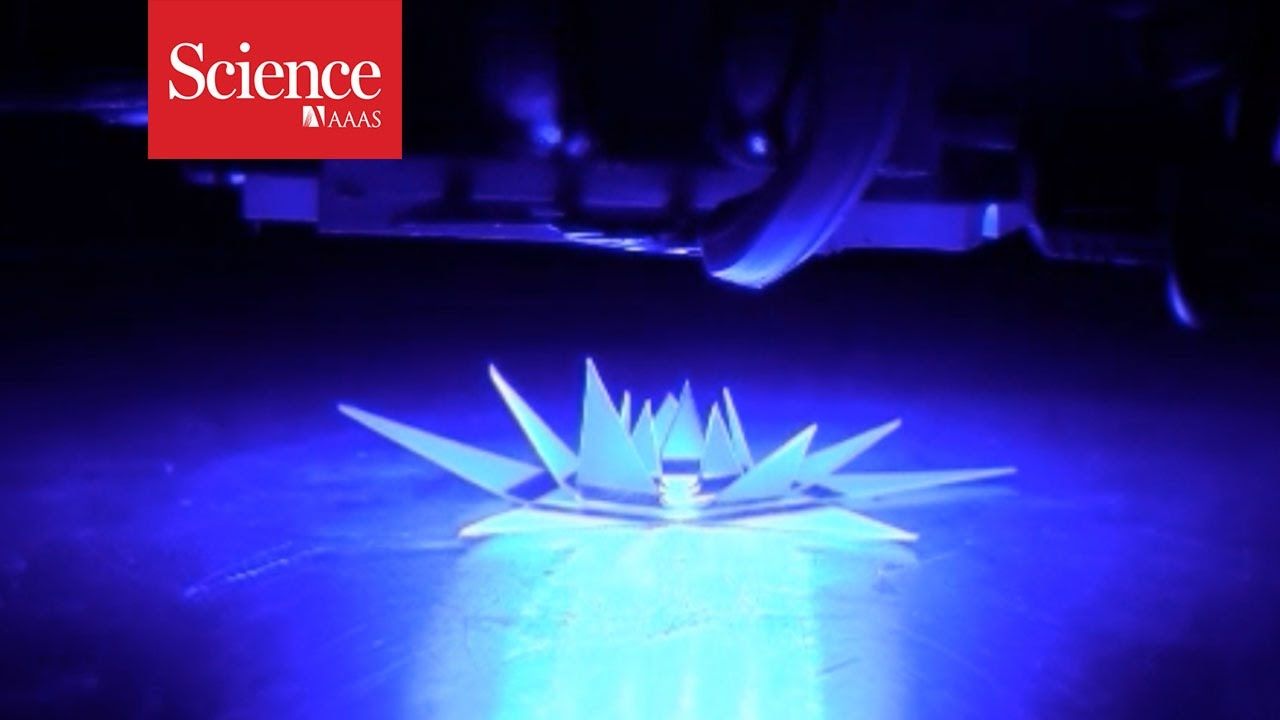Mar 16, 2017
Automation that could take away human jobs can also open the massive resources of the solar system
Posted by Klaus Baldauf in categories: employment, robotics/AI, space travel, sustainability
Massive and complete automation could enable industrializtion of the moon and space. By using some larger human colonies along with the robots then it would be more robust and less dependent on perfect automation.
Advances in robotics and additive manufacturing have become game-changing for the prospects of space industry. It has become feasible to bootstrap a self-sustaining, self-expanding industry at reasonably low cost. Simple modeling was developed to identify the main parameters of successful bootstrapping. This indicates that bootstrapping can be achieved with as little as 12 metric tons (MT) landed on the Moon during a period of about 20 years. The equipment will be teleoperated and then transitioned to full autonomy so the industry can spread to the asteroid belt and beyond. The strategy begins with a sub-replicating system and evolves it toward full self-sustainability (full closure) via an in situ technology spiral. The industry grows exponentially due to the free real estate, energy, and material resources of space. The mass of industrial assets at the end of bootstrapping will be 156 MT with 60 humanoid robots, or as high as 40,000MT with as many as 100,000 humanoid robots if faster manufacturing is supported by launching a total of 41 MT to the Moon. Within another few decades with no further investment, it can have millions of times the industrial capacity of the United States.









